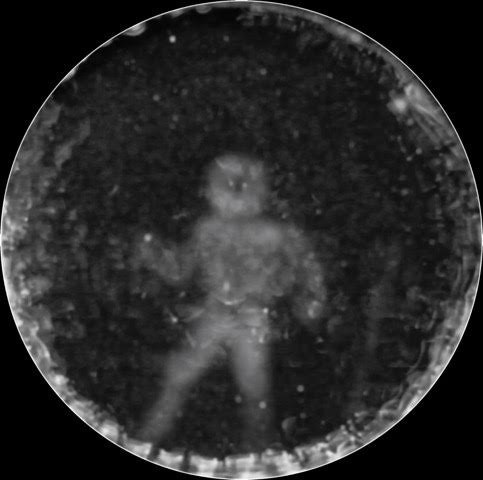Scientists create 3D images of the world as a dolphin sees it via echolocation analysis

Scientists from the US and UK have managed to give a view of the world from a perspective of a dolphin, successfully creating 3D prints using data from a dolphin echolocation, including images of a human being. Researchers from SpeakDolphin.com created the prints in a process that saw them record and isolate dolphin echolocation sounds and analyse how they react with certain objects.
They then created 2D images from the recorded sounds and used photo analysis to extract 3D data. Finally, they then used the data to create 3D images of the original objects. From this, they have managed to give the world an insight into how dolphins see things.
Jack Kassewitz, research team leader and founder of SpeakDolphin.com, said: "We've been working on dolphin communication for more than a decade. When we discovered that dolphins not exposed to the echolocation experiment could identify objects from recorded dolphin sounds with 92% accuracy, we began to look for a way for to see what was in those sounds."
Kassewitz brought on board John Stuart Reid – the inventor of CymaScope, which processes image imprints of sonic vibrations on the surface of the water. Reid said: "When a dolphin scans an object with its high frequency sound beam, each short click captures a still image, similar to a camera taking photographs. Each dolphin click is a pulse of pure sound that becomes modulated by the shape of the object."
Using CymaScope, the team managed to create images of a flowerpot, a cube, a plastic '+' symbol and a human being. They then took these images to 3D Systems – the inventors of 3D printing.
"We were thrilled by the first successful print of a cube by the brilliant team at 3D Systems," said Kassewitz. "But seeing the 3D print of a human being left us all speechless. For the first time ever, we may be holding in our hands a glimpse into what cetaceans see with sound. Nearly every experiment is bringing us more images with more detail."
© Copyright IBTimes 2025. All rights reserved.






















